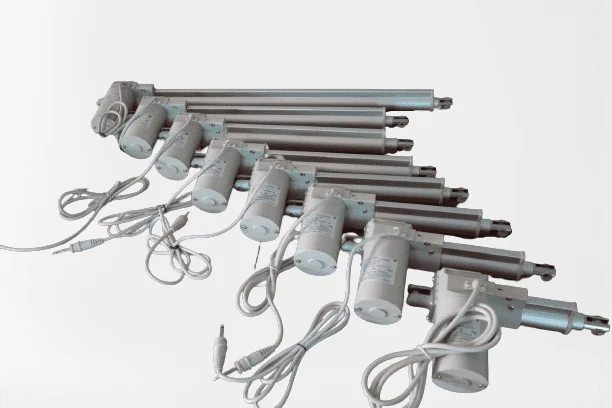What is an actuator?
Understanding What is an Actuator: Their Definition and Mechanism of Operation
In this blog post, we will dive deep into the functioning of fascinating actuators, their types, and their applications.
An actuator is a device that converts an input signal, typically electrical, into physical motion or force. Actuators receive signals from a control system, which then directs the actuator to perform a specific function.
The functioning of an actuator depends on the type of actuator. For instance, hydraulic actuators use pressurized fluids to create motion or force, while electric actuators rely on electric motors to generate motion or force.
Varieties of Actuators
There are various types of actuators, each with unique properties and functions. Some common types of actuators include:
Actuators are essential components in various systems, including automobiles, robotics, aviation, and many more. They are responsible for converting electrical or mechanical energy into motion or force, enabling machines to perform various tasks. Actuators come in various types, including hydraulic, pneumatic, electric, and piezoelectric actuators, among others.
Hydraulic Actuators
Hydraulic actuators use fluids, such as water or oil, to create motion or force. The fluids are pressurized, and the pressure is converted into motion or force by a piston or plunger. Hydraulic actuators are widely used in heavy-duty applications such as cranes, excavators, and hydraulic presses.
Pneumatic Actuators
Pneumatic actuators use compressed air to create motion or force. They are commonly used in industrial automation, robotics, and aerospace applications.
Electric Actuators
Electric actuators use electric motors to create motion or force. They are commonly used in applications such as automotive, aerospace, and medical devices.
Piezoelectric Actuators
Piezoelectric actuators use the piezoelectric effect to create motion or force. The piezoelectric effect is a property of certain materials that generates an electrical charge when pressure is applied. Piezoelectric actuators are commonly used in applications such as nano-positioning, scanning microscopy, and ultrasonic transducers.
Diverse Applications of Actuators in Different Fields
Actuators have a wide range of applications in various industries. Some common applications of actuators include:
Industrial Automation
Actuators are widely used in industrial automation to control various processes such as assembly, packaging, and material handling.
Robotics
Actuators are essential components of robots, enabling them to move, grip, and manipulate objects.
Aerospace
Actuators are used in various aerospace applications, including landing gear, control surfaces, and engine controls.
Automotive
Actuators are used in various automotive applications, including engine controls, suspension systems, and power windows.
Wrapping Up: The Importance and Future of Actuator
Actuators are fascinating devices that play a crucial role in various systems, enabling machines to perform various tasks. They come in various types, including hydraulic, pneumatic, electric, and piezoelectric actuators, among others. Understanding the functioning of these actuators is essential in choosing the right actuator for a particular application. With their wide range of applications, it’s safe to say that actuators are here to stay, and we can expect to see more fascinating advancements in their technology in the future. For further information on actuators and their various types, please visit our website electricactuator exclusively dedicated to this subject matter.




